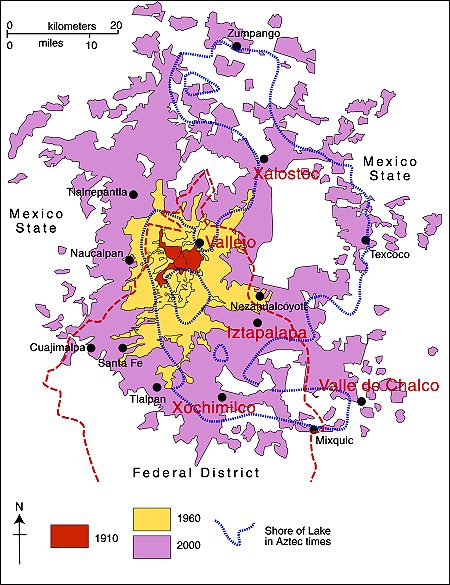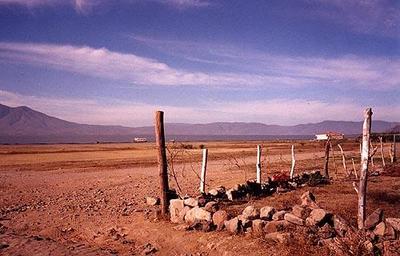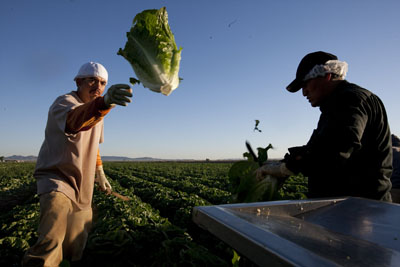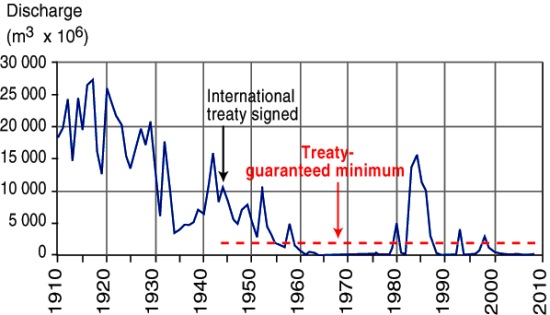Mexico is the world’s seventh largest coffee producer and one of the leading suppliers of organic, shade-grown coffee. The nation’s 480,000 coffee growers, most working small parcels of land less than 5 hectares (12 acres) in size, are concentrated in Chiapas, Veracruz and Oaxaca, and produce 268,000 metric tons a year. While Mexican coffee consumption per person is rising, 62% of the harvest is exported, bringing in $400 million annually.
This year’s crop escaped the deep freeze in late January and early February that decimated corn, tomatoes, bell peppers and other crops in northern Mexico, but unseasonal rains and cold weather in coffee-growing regions of southern and eastern Mexico have reduced coffee yields and mean that this season’s crop is also ripening unevenly. Some growers are worried that this could be the worst coffee harvest in almost 20 years.
With fewer berries on each plant, the potential earnings for coffee-pickers are poor, since it takes longer to fill each basket with ripe berries. Some experienced coffee pickers are looking for alternative employment hoping for better pay. According to growers, the less experienced pickers remaining on the job are causing more damage to the bushes than normal, because they employ a hand picking method known as “ordeñando” (milking) in which they run their hands rapidly along a branch, stripping away the leaves as well as the beans. The problem for growers is that this technique reduces the following year’s crop.
The 2010-2011 harvest season began in October. Government officials are still estimating a harvest of 4.4 million 60-kg sacks, which would be a total of about 264,000 metric tons. However, Agroindustrias Unidas de México, Mexico’s largest coffee exporter, believes that 3.5 million sacks will be nearer the truth. If the exporter is correct, the current harvest would be only marginally better than Mexico’s 1992-1993 harvest which was the lowest in the past twenty years.
The only silver lining in this cloud is that coffee prices on international markets are high and rising, mainly due to problems in Colombia, so Mexican growers have a good incentive to pick every single ripe berry they can find.

















